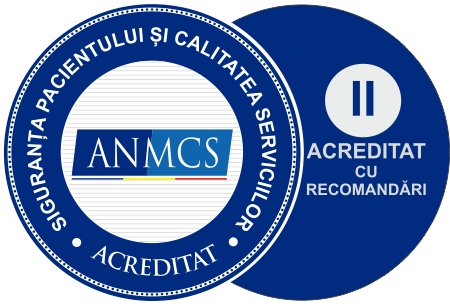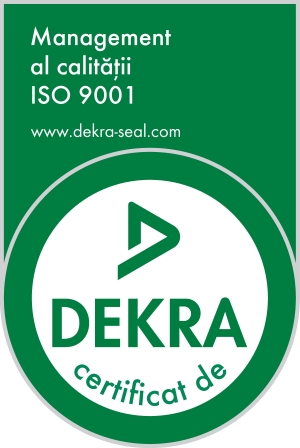Chronic Vein Insufficiency is characterized by signs and symptoms occurring as a consequence of the structural and functional alterations of the veins. The specific symptoms are the sensation of heavy, tired legs, the predominantly nocturnal cramps, pain, itching, the burning or swollen legs sensation.
At a world level, 10-33% of adult women and 10-20% of men suffer from chronic vein insufficiency. In the European states, the prevalence is even higher, i.e., of 20 to 50%.
The treatment of chronic vein insufficiency is complex, it varies depending on the status of the disease and it includes the medical therapy (systemic and/or local), the compression therapy, the local therapy of the venous ulcer, the sclerotherapy, the endovascular therapy and the surgical treatment.
The treatment involves an interdisciplinary collaboration (dermatology, internal medicine, general surgery – phlebology).



